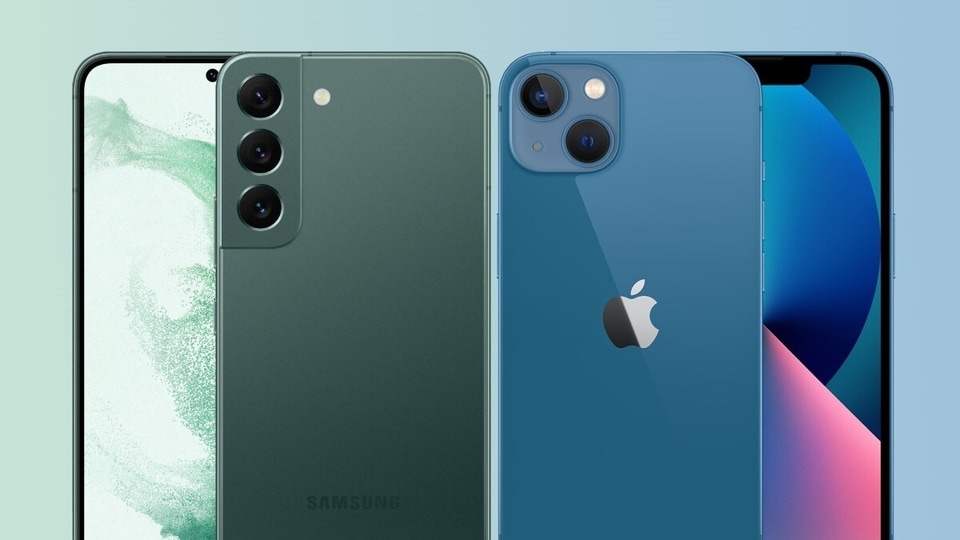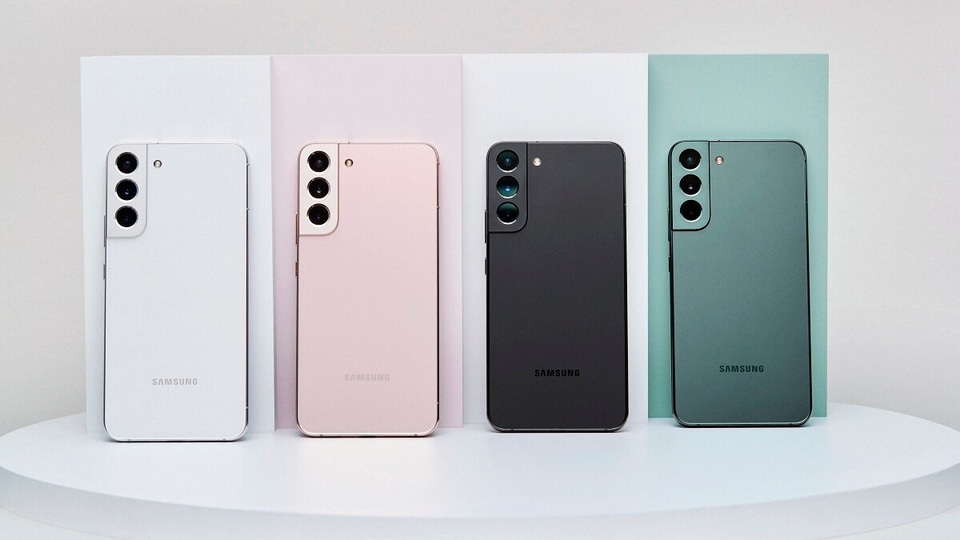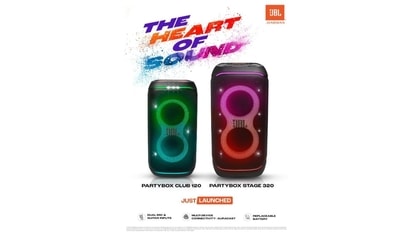Samsung Galaxy S22 vs iPhone 13: The latest flagship rivalry at a glance
The Galaxy S22 takes on the iPhone 13 for the rest of 2022, until the iPhone 14 comes out. Here are all the specs at a glance.

Samsung Galaxy S22 series is out and the Galaxy S22 is the one that takes on the popular Apple iPhone 13. Armed with a new processor and new cameras, the Galaxy S22 is mostly a minor update over the Galaxy S21; much like the iPhone 13's evolution over the iPhone 12. It carries the same starting price as the base iPhone 13, i.e., it costs $799 for the base version with 8GB RAM and 128GB storage.
Note that the price of the Galaxy S22 is meant for the US markets only. Samsung India is yet to reveal the exact prices for the Indian market. Samsung also hasn't revealed which markets are getting the Exynos chip and which ones are getting the Snapdragon chips. Hence, based on everything Samsung has revealed so far, here's a side-by-side comparison of the Galaxy S22 and iPhone 13.
Galaxy S22 vs iPhone 13 comparison


Display
The Galaxy S22 gets a 6.1-inch FHD+ Dynamic AMOLED display with a variable refresh rate of 10Hz to 120hz. The touch sampling rate goes up to 240Hz and there's a small camera hole cutout. The iPhone 13's display pales out in comparison; it has got a 6.1-inch FHD+ display with a static refresh rate of 60Hz and a bigger display notch.
Performance bits
_1633111870000.jpg)
_1633111870000.jpg)
The iPhone 13 is relying on the A15 Bionic chip with 5G network compatibility and 4GB RAM. Apple offers the option of choosing between 128GB, 256GB, and 512GB storage. Samsung says it uses a 4nm processor in the Galaxy S22 but does not mention the name; it could vary between Exynos 2200 and Snapdragon 8 Gen 1 depending on the market. It comes with 8GB RAM as standard and option to choose between 128GB and 256GB storage.
Software
iPhone 13 launched with iOS 15 and is expected to get up to six years of OS updates. Samsung launches the S22 with Android 12-based One UI 4 and confirms four OS upgrades on the Galaxy S22.
Security
The iPhone 13 relies on the Face ID system for unlocking the device. Samsung offers its ultrasonic fingerprint sensor on the Galaxy S22 series.
Cameras
_1644421935427.jpg)
_1644421935427_1644422549957.jpg)
You get a 12MP main and 12MP ultra-wide camera combo on the iPhone 13, with the former getting sensor-shift stabilisation. The front camera sticks to a 12MP TrueDepth camera system that can take 3D portraits.
The Galaxy S22 gets a 50MP main camera with dual-pixel auto focus, OIS, and a f/1.8 lens. There's also a 12MP ultra-wide camera and a 10MP telephoto camera with 3X optical zoom. The front camera gets a 10MP sensor for selfies.
Battery
Apple does not reveal the exact battery capacity on the iPhone 13 but based on our review, we know it can easily outlast an entire day with ease. The iPhone 13 supports up to 20W wired charging and 15W wireless MagSafe charging. The Galaxy S22 gets a 3700mAh battery and gets support for 25W wired charging, 15W wireless charging and reverse wireless charging.
Catch all the Latest Tech News, Mobile News, Laptop News, Gaming news, Wearables News , How To News, also keep up with us on Whatsapp channel,Twitter, Facebook, Google News, and Instagram. For our latest videos, subscribe to our YouTube channel.

























